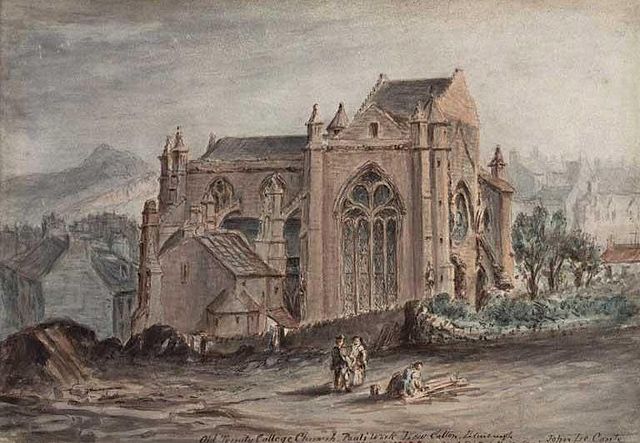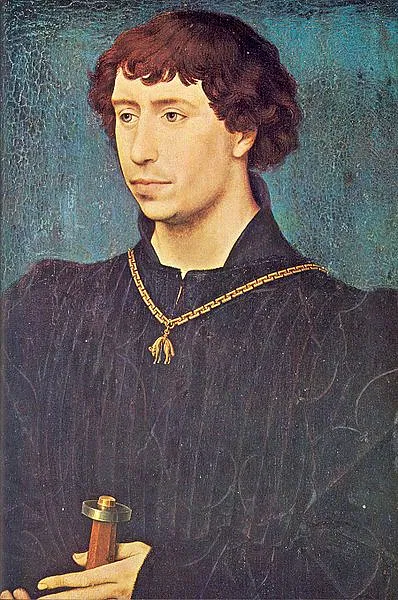The last few days have seen significant information and details being released about the Coronation, including the list of those processing and bearing or delivering the regalia and details of the new anointing screen.
Those chosen to represent the component parts of the national life in the procession are a valiant attempt to be inclusive of different faiths and communities. Such an initiative unfortunately may attract from the persistently aggrieved the charge of tokenism, which would I am sure be grotesquely unfair, but a risk such moves do sadly run. From others it may attract the opposite charge of wokery. The organisers have had to tread a careful path here.
As a friend commented the appointment for the day of the Chief of the Defence Staff as Lord High Constable of England does elegantly link the ancient Great Officer of State with the modern effective commander-in-chief. I think that since the downfall of the last hereditary Lord High Constable the third Duke of Buckingham in 1521, for past coronations the office remained with the holder for the rest of their life rather than just being for the day of the coronation itself. Thus, pace Wikipedia, the Earl of Arundel served in both 1553 and 1559, the Duke of Wellington in 1821,1831 and 1838, and the Duke of Fife in 1902 and 1911.
I would also agree with the same friend that giving the King’s Champion, Francis Dymoke, the task of bearing the Royal Standard is more appropriate than the Union Flag as his father did in 1953. Mind you, I hanker after the days when the armoured Champion, flanked by the Lord High Constable and the Earl Marshal rode into Westminster Hall at the Coronation banquet to challenge all comers who gainsaid the King’s rights.
I was also struck by the high profile for the Primus of the Episcopal Church of Scotland, the Archbishop of Wales and the Archbishop of Armagh as bearers of parts of the regalia. I am not sure off-hand as to what extent Irish bishops participated before the 1870 disestablishment, though I assume they were in attendance in the nineteenth century. I do not think a Welsh bishop participated in either 1937 or 1953 following the creation of the Church in Wales in 1919-20. I strongly suspect the last time a Scottish Episcopalian bishop participated in a coronation was in 1633 for King Charles I at Holyrood.
There has been quite a bit of coverage in the last few hours of the new Anointing screen with its Commonwealth inspired design in the media. We are told that this is a change on The King’s initiative to take the anointing out of the gaze of those in the Abbey as the monarch receives Divine unction.
There were reports of using a canopy that would have an open or transparent top to allow the unction to be viewed by the public on television. This was deplored - rightly I think - by commentators such as Catherine Pepinster.
I am not sure off-hand how long the type of canopy used in 1937 and 1953 has been used. The one used then was made in 1902. I ought to check on earlier usage. It was in 1626 that the anointing was, for the first time, carried out, as ever since, in St Edward’s Chair. In 1603 there was no unction as King James was already an anointed monarch from his Scottish coronation in 1567 at Stirling.
Up to 1559 the monarch knelt, as far as we can tell, before the altar to be anointed. This was as in France, where a canopy was suspended high above from the vault in Reims Cathedral, but, according to pictures of the later French coronations the King was apparently not concealed as have been by St Edward’s Chair and the canopy their English opposite numbers.
The screen will not reappear for the anointing of The Queen, which does traditionally occur kneeling before the altar. This time however it will be without the traditional canopy.
My personal view is that I regret this alteration to the practice of past coronations. I also prefer the aesthetic, and the tradition, of the golden canopy with its eagle embroidered sides. I say a bit more about this in my comment on his site about Allan Barton’s video - vide supra.
I also wonder, with all due respect to the guardsmen charged with putting it in place and removing it afterwards, how that procedure will look. I can imagine it runs the risk of an element of risibility like screens round a hospital bed. I hope and trust it does not.
The new arrangement flies rather against the idea of the sacramental being performed somewhere in the sight of the people - this is more like a liturgy where the monarch goes off into an inner sanctum or side chapel for this part of the Rite, as in that of the Russian Emperors. It is different from the idea that lay behind the creation of Westminster and Reims as liturgical sacred spaces for both visibility and relative obscurity at times within that.
Thinking further about the traditional canopy I begin to doubt if it was designed to conceal the monarch so much as to show honour to what was being administered to the monarch beneath. Maybe it is a canopy of honour rather than, or as much as, one of concealment. For centuries the ciborium style of altar - as in St John Lateran - gave both a covering of honour to the altar and the sacrament as well as having curtains to conceal the Eucharistic act before drawing them back to present the consecrated elements to the faithful. Similarly at the coronation the monarch and the sacramental they receive are partially hidden but also honoured by the canopy. It is not to provide privacy so much as dignity, awe and a proper sense of mystery.
I do wonder if the anointing screen with its Commonwealth theme will suffer the fate of the hanging designed to surround the central archway of Buckingham Palace on ceremonial occasions and including the flags of all the Commonwealth nations. It was inaugurated at the late Queen’s Golden Jubilee and described as to be used for future occadions - and has never been seen since.





